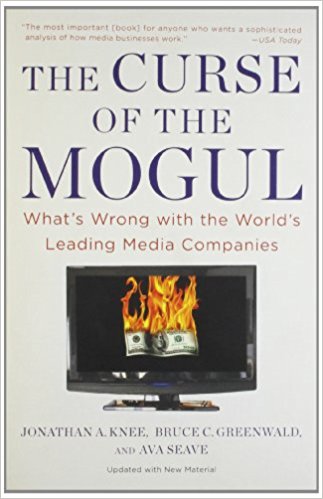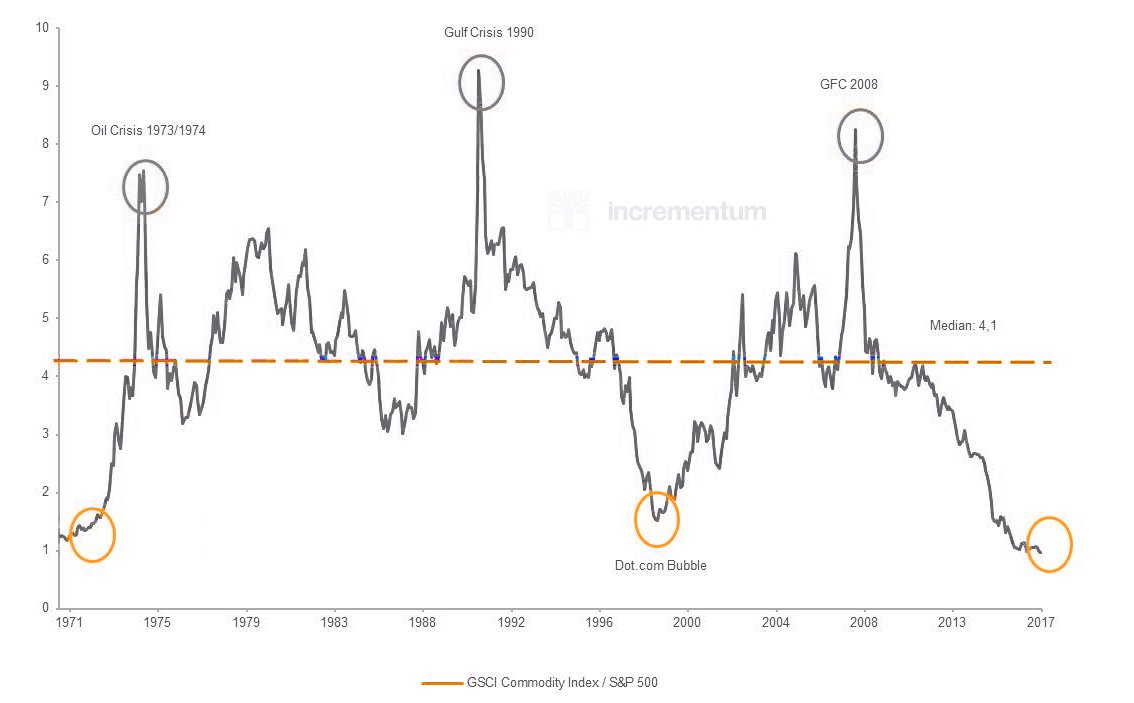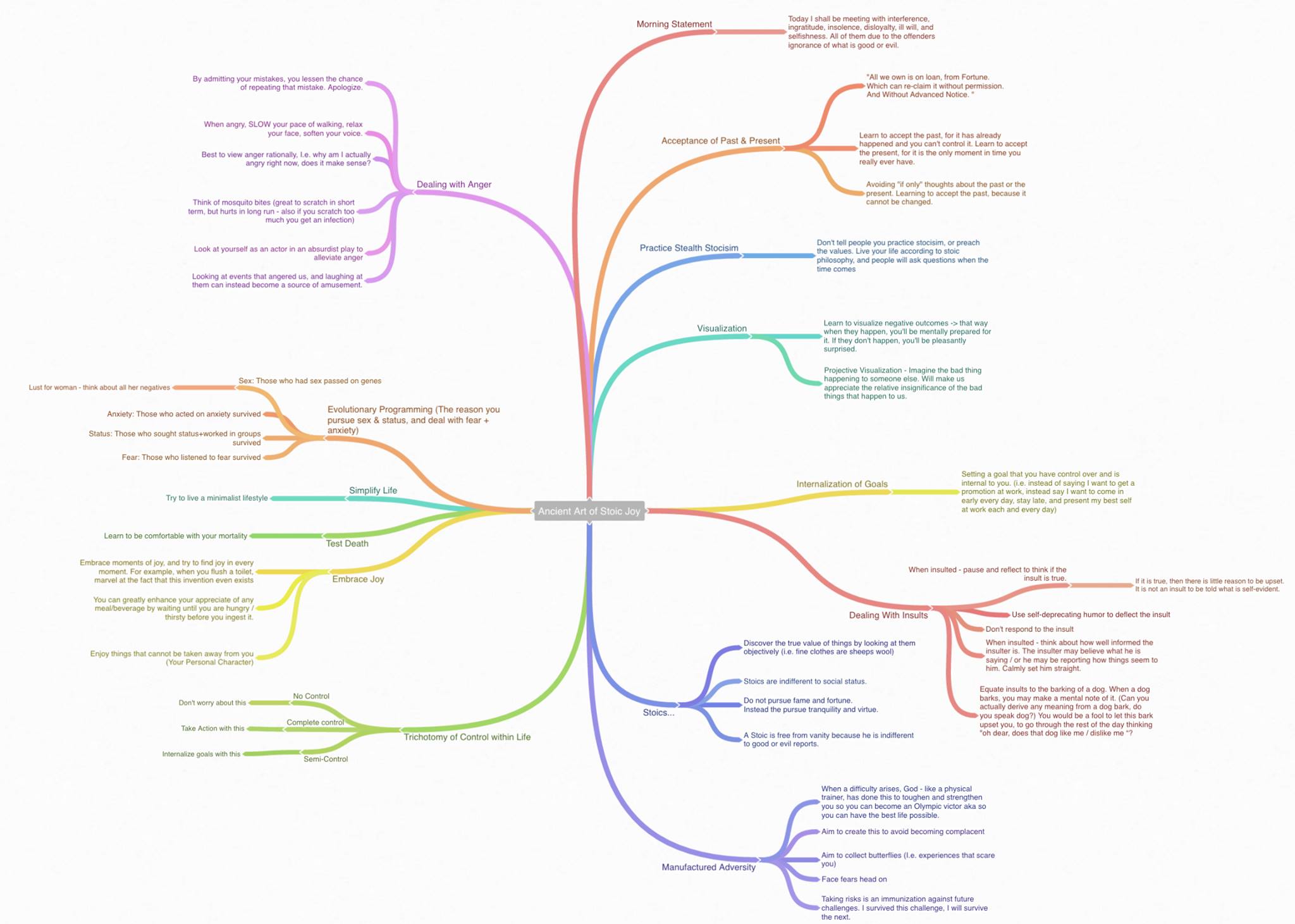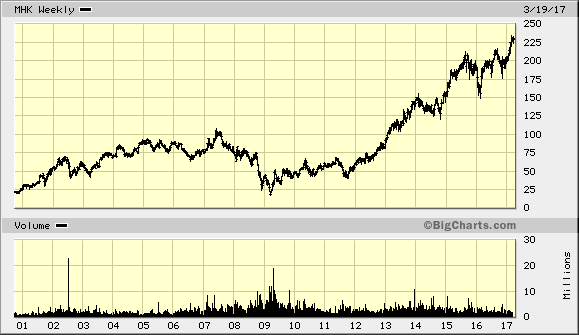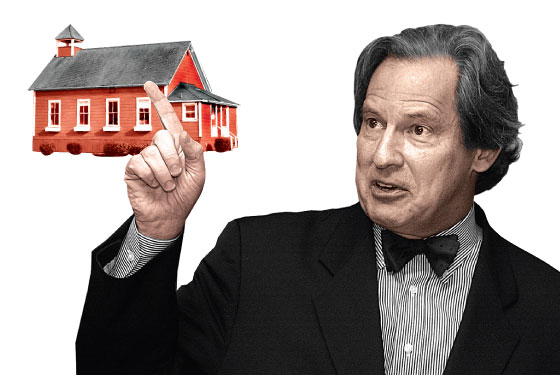
http://csinvesting.org/2017/04/13/hedge-fund-quiz-economies-of-scale/ for the last post on this case study. Note excellent comments by readers.
Readers provide excellent analysis
The twenty-minute time limit was to force you to concentrate on the key issue: Does this company have economies of scale? Because of it doesn’t, then growth will NOT help profitability. In fact, growth with losses financed by debt can be financially lethal.
Part of improving as an investor is avoiding the disasters as this company turned out to be. Bad Management_Has Avenues Mastermind Chris Whittle Learned His Lesson and Failure in For Profit Education are two articles that chronicle the investor and management failures in the For-Profit-Education Sector.
The goal of this case study is to practice:
Our 10-K reading skills and our analysis of competitive advantage. Despite how CRITICAL it is for an investor/management to determine and distinguish competitive advantages, structural advantages are often confused with outcomes or efficiency.
Competitive advantage
Competitive advantage refers to something specific–a structural barrier that prevents competitors from simply replicating the results of a successful business. It should not be surprising that the terms competitive advantage and barriers to entry are interchangeable.
Without barriers to entry, a business cannot long enjoy an advantage over competitors that will quickly do the obvious—enter. This process of new entry will hurt not only relative performance but also absolute performance, as competition for customers dampens revenues, and competition for resources raised costs.
FIRST MOVER ADVANTAGE
First, it is NOT a competitive advantage. But here is an example of having a first mover advantage. You and I are in a duel. We walk ten paces away from each other then turn and shoot the other. After three paces, you turn around and shoot me in the back–now THAT is a first mover advantage.
—
Scale not size matters
It is industry structure determines which categories are most likely to manifest themselves and in what form.
Size doesn’t matter, but scale does. Scale is a relative concept, not an absolute one. The benefit it bestows are relative to peers within the relevant competitive set.
Look at WD 40_VL the company has a competitive advantage in PRODUCT SPACE. WD-40 is the ubiquitous oil/lubricant that people keep in their tool-box/shelf/or under the sink. They own 90% of the lubricant market. However, they also di-worsify their free cash flow into hand soap and motor-cycle products. Now the stock is over-priced in my opinion. If management could sell off its non-competitive products, and then become a tontine (use free-cash flow to buy in all shares)–investors would flourish.
Having 2% of a 10 billion dollar market or $100 million in sales is probably not as profitable as having sales of 40% of a 200 million dollar market or $80 million in sales.
Scale matters most when fixed costs matter most relative to the business’s overall cost structure. With large fixed costs, the operator serving the most customers will have a significant advantage due to its ability to spread those costs over more unit sales. If the costs of a business were entirely variable and increased proportionally as it grew, there would no advantage to scale. The extent of the advantage is determined by how relatively important fixed costs are how relatively large the business is compared to the next competitor. Second, much of what is thought of as traditional fixed costs in school management—admin, school relations and lobbying, and even curriculum development—has a significant variable component.
Curriculum requires local customization. The two primary sources of fixed-cost scale in education generally are content development on the one hand and sales and marketing on the other.
Reading the 10-K
We jump to page 27: Selected financial data and see rising sales financed by issuing shares and debt. Yet costs are not declining as a percentage of sales. Ebitda is declining per student. 1999 revenues of $133 million almost triple to $376 million in 2001 yet operating cash flows decline from negative $17.6 to negative $29.3.
Remember the little red school house? Edison Schools has to provide services in a regional area. If they can develop density (or clustering as management mentions on page 16 under competitive strengths) in particular regions, then perhaps this company needs more time to show progress? To determine their success in implementing a “clustering strategy, the next pages to peruse are pages 13-15 where you can see where Edison is operating schools. Take a large state like Colorado. Edison has two schools in Denver and three in Colorado Springs. Washington, DC, a huge metro area, only has eight schools and on and on. Management will not be able to leverage their admin, curriculum and development cost over such a widely dispersed area.
Imagine running a carting/garbage pick-up service where you have 5 customers in Eastern Connecticut, seven in New Jersey, 4 in Texas, you would go broke just driving to the different customers. You would lack customer density in your routes, so your costs would be too high.
PASS! Then if the analyst had more time, he/she could look at management. He or she would uncover the ugly history of Chris Whittle. No mention of that in the Credit Suisse analyst 50-page report.
Studying competitive advantages like economies of scale, customer captivity, network effects, low-cost producer will pay-off. Practice reading case studies of success and failure will help you hone your skills.
Note companies in the educational sector with advantages: Bright Horizons_VL and Grand Canyon LOPE
One of the best books I have found on studying competitive analysis is
Strategic_Logic (Strategic Logic link will be down in 36 hours, so join the Deep-Value Group by following the links http://csinvesting.org/2015/01/14/deep-value-group-at-google/ and ask for a copy.
https://www.youtube.com/watch?v=zsvnvV3wDgc Greenwald of Columbia Business School discusses local advantages.
The trilogy of books, Competitive Demystified, The Curse of the Mogul, and Class Clowns will also provide more depth to your studies:

